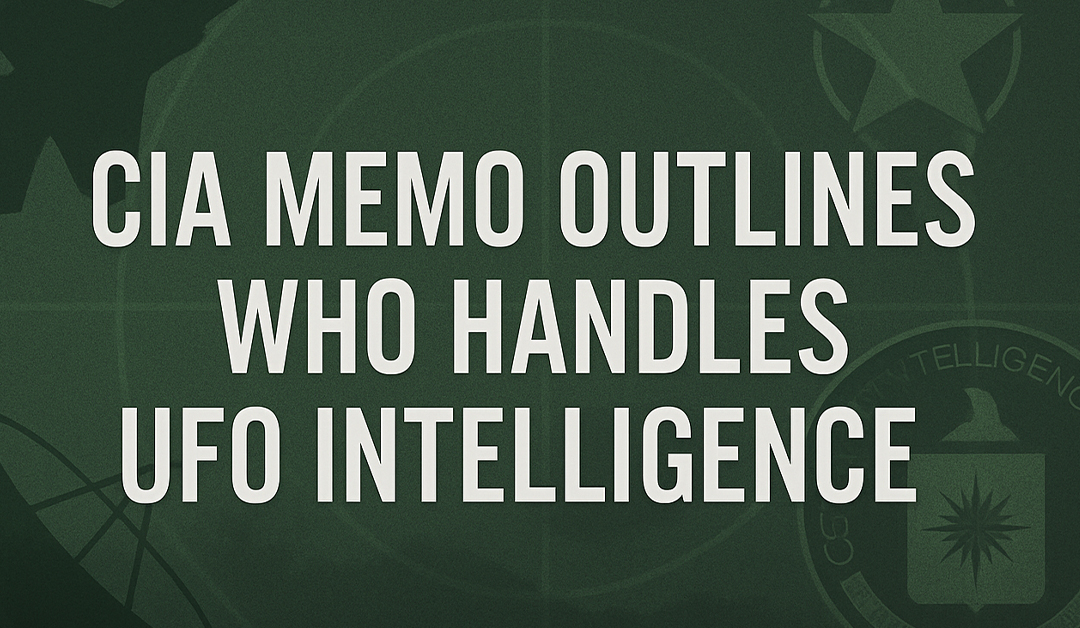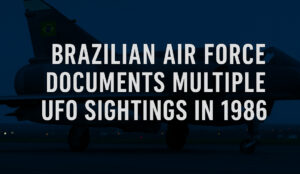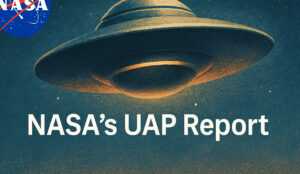A declassified document titled "INTELLIGENCE RESPONSIBILITIES FOR NON-CONVENTIONAL TYPES OF AIR VEHICLES," catalogued as DOC_0000015367, outlines the formal structure the U.S. intelligence community used to determine how information about unidentified aerial phenomena-then referred to simply as "non-conventional air vehicles"-was to be handled.
The document provides a rare internal look at how the U.S. Air Force, the CIA, and other agencies divided responsibility for collecting, evaluating, and responding to sightings of unknown craft during the Cold War.
Rather than a free-for-all of speculation, it was a compartmentalized system designed for clarity, speed, and secrecy.
🛩️ Defined Roles, Clear Channels
The memo confirms that the Air Technical Intelligence Center (ATIC), under the U.S. Air Force, held primary responsibility for collecting and analyzing reports of unconventional air vehicles.
It also clarifies that:
-
CIA would receive intelligence only in cases where foreign involvement or potential disinformation was suspected
-
Reports without national security implications would remain within Air Force channels
-
Any significant data collected through technical means-such as radar or aerial photography-would be routed through official military intelligence pipelines
The structure wasn’t speculative. It was designed to limit internal confusion and avoid duplication of effort across agencies.
Notably, the document avoids any direct mention of extraterrestrial explanations.
It focuses strictly on process, jurisdiction, and operational handling.
📡 Focused on Threat, Not Mystery
The language of the memo is blunt and procedural.
The concern was not over what the objects might be in speculative terms-but what they might represent in a military or strategic context.
The memo makes it clear: if a sighting couldn’t be identified, it wasn’t automatically extraordinary.
It was only treated as relevant if it posed a threat or intelligence interest.
There’s no space in the system for myth.
No room for philosophical questions. Just a cold filter-does this matter to U.S. security or not?
🧭 National Security First, Curiosity Last
DOC_0000015367 offers a useful reminder: the intelligence community never stopped tracking UFOs, but it never chased them blindly either.
The moment a report could be classified as irrelevant to defense or foreign operations, it dropped off the radar.
Only those that couldn’t be explained and might represent adversary activity moved forward.
The result was a system built for silence.
A report seen as interesting to the public might never leave an Air Force desk.






